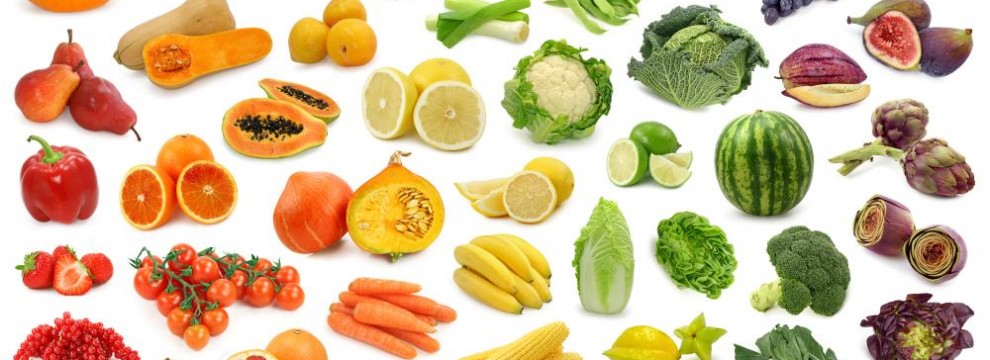A Scientific White Paper Research On The Importance Of Whey Protein For Achieving Optimal Health and Longevity
An Official Publication of:
Ceautamed Worldwide, LLC
INTRODUCTION
WHAT IS WHEY PROTEIN?
Whey protein, a rich source of the essential amino acids, is a natural high-quality protein from cow’s milk. [For those that are lactose sensitive, be certain to consume a whey protein with a high percentage of isolate for optimum absorption and utilization.] Whey protein provides a number of benefits to the immune system, weight management, bone health, and overall general wellness. There are two main proteins in milk: whey protein and casein. The liquid whey protein is separated from the casein protein during the process of making cheese. Because whey protein contains the perfect combination of overall amino acids it is known as the highest quality of protein excelling over meat, vegetable, soy or dairy products. An antioxidant, whey protein supports the immune system increasing glutathione levels. In fact, whey protein contains similar immune boosting ingredients found in a mother’s milk. Introductory Nutrition, Helen A. Guthrie, Times Mirror/Mosby College Publishing, Boston, MA, 1989, pages 489-490.
BENEFITS OF WHEY PROTEIN
Read more →




